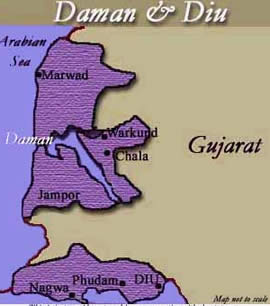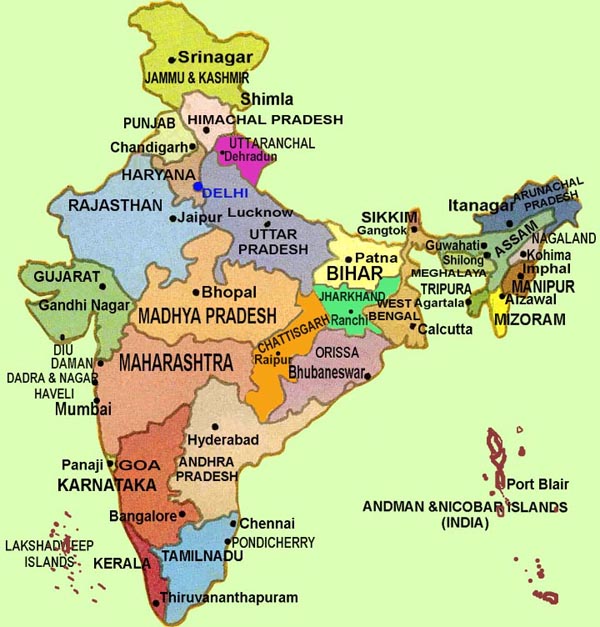Difference between Union Territory and State
Key Difference: States are administrative divisions that have their own governments while union territories are administrative divisions that are ruled directly by the central government.
The difference between a state and union territory is considered mainly in terms of India. India is a country that has both states and union territories. Thus, to understand the difference between them we may differ the union territories and states of India. India has twenty eight states and seven union territories. The difference in the powers of both is with respect to the Constitution of India.

Wikipedia defines union territories as a type of administrative division that is present in the Republic of India. The union territories are ruled directly by the union government. According to the Article 73 of the constitution, the federal government has full power over the laws governing the lands of union territories. The seven union territories of India are:-
1. Andaman and Nicobar Islands
2. Chandigarh
3. Daman and Diu
4. Dadra and Nagar Haveli
5. National Capital Territory of Delhi
6. Puducherry
7. Lakshadweep
The President of India appoints an Administrator or Lieutenant-Governor for each territory. Before the independence of India, these areas were known as chief-commissioner provinces. In 1937, Government of India Act, came into force. It categorized the provinces into three parts: - governor’s province, the chief commissioner’s province and the Indian states. The act also stated that the chief commissioner provinces should be directly administered from the center. The contents of this Act formed the basis of Article 239 that was regarding the governance of union territories.
After the independence the conversion of states into centrally administered area was applied to areas which required the direct control of Government of India. After going
through various phases the term union territory was fist used in 1956 to refer to the territories that could not find parity with states. Later with lots of amendments and changes the territories under union territories still kept on changing. Later when some of the territories like Goa, Daman and Diu were liberated from Portuguese, they also gained the status of union territory. At present the country has seven union territories.
States, on the other hand have their own elected governments. According to the article 162 of the Constitution, a state has independent freedom to make laws governing the state. States of India have evolved on the basis of linguistics. The language and culture formed the basis for determining the boundaries of the states. In the formation of states, economic and administrative conveniences were also taken into account. Today, 28 states are present in India. Each state has cities or towns that are considered to be the state’s own administrative, judicial and legislative capitals.
Apart from the governing factor the sates and union territories and also differ on numerous ways. Few differences are mentioned in the table below:
|
|
State |
Union Territory |
|
Definition |
Administrative units having their own governments |
Administrative units that are ruled directly by the central government |
|
Size |
Comparatively large |
Comparatively small |
|
Administration Overheads |
Comparatively huge |
Comparatively less; as covered by central government |
|
rights and status |
Common |
Special: due to their constitutional formation and development |
Image Courtesy: theindiatravelguide.com, indianmirror.com










Comments
Jacob saji
Fri, 12/11/2015 - 13:34
Add new comment